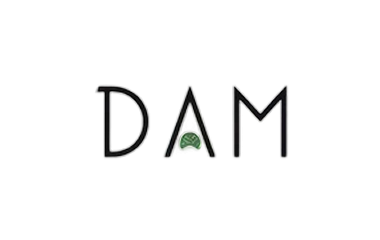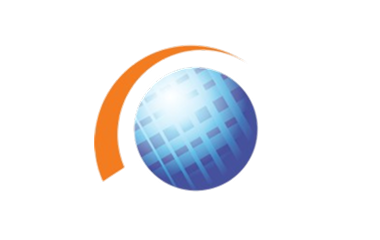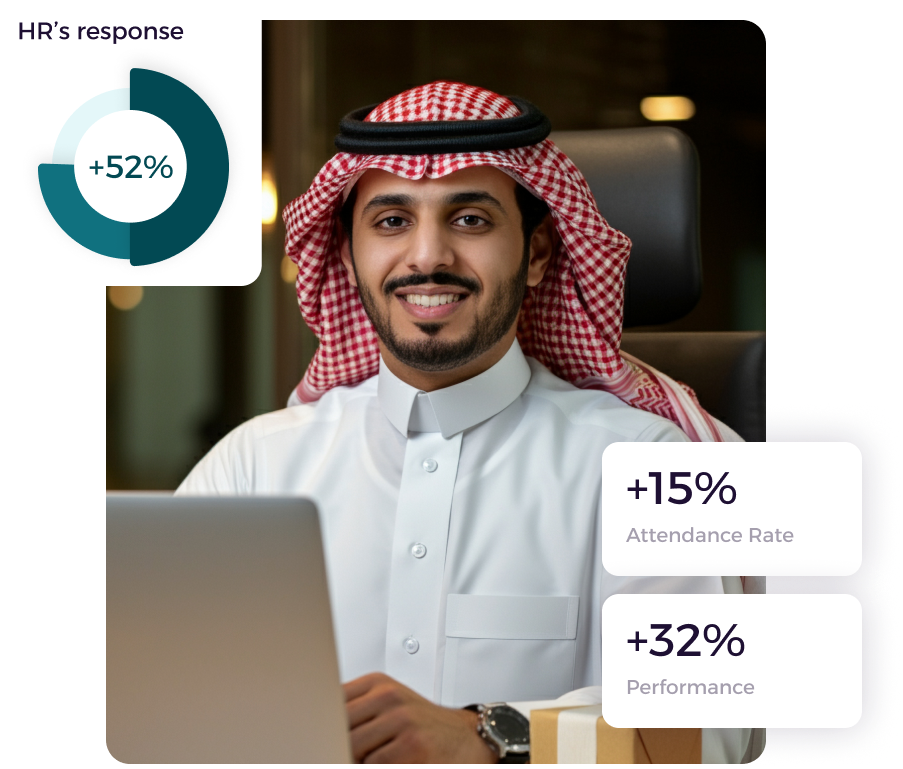Talento Analytics
Turn data into better HR decisions. Get all the reports you need in minutes
Talento’s reporting and analytics module gives HR managers clear, real-time insights into employee performance and operational efficiency empowering informed decisions and strategic planning, all in one place
.png?width=1056&height=671&name=Frame%202147225851%20(2).png)



.png)




.png)

.png)
.png)
.png)
.png)

.png)
.png)
.png)
.png)


69% of HR managers say they waste time on daily tasks that can be automatically done, Talento changes this
Attendance and Departure Reports
Get Valuable Insights into Attendance and Departure to Ensure Compliance with Work Hours and Identify Patterns That May Impact Productivity.
Generate comprehensive attendance reports by department or employee.
Create detailed leave reports to improve workforce planning
%20(1).png?width=1046&height=1111&name=Card%20(4)%20(1).png)
Recruitment Reports
Enhance your recruitment strategy with actionable reports that empower HR teams to attract, assess, and retain top talent.
Analyze candidate data to identify the most qualified individuals.
Evaluate recruitment process efficiency and uncover areas for improvement.
Monitor retention rates of new hires to assess long-term success
%20(1).png?width=1047&height=1108&name=Card%20(5)%20(1).png)
Expense Reports
Ensure financial transparency and accountability with detailed reports that track reimbursable employee expenses.
Track daily expenses such as transportation, meals, and housing.
Analyze submitted invoices and reimbursement claims for accuracy and compliance.
Generate periodic reports summarizing total expenses by department and employee.
%20(1).png?width=1050&height=1109&name=Card%20(6)%20(1).png)
Attract the best talent and make faster, smarter hiring decisions with confidence.
FAQs
What is HR data analytics and why is it important for businesses?
What is the difference between HR reporting and HR analytics?
- Reporting: Provides historical or current HR data, such as headcount or average sick leave.
- Analytics: Goes deeper by finding patterns, predicting risks, and suggesting solutions (e.g., why turnover is high in a certain branch).
In short: Reports tell you what happened, while HR data analytics explains why it happened and what to do next.
What types of HR data can be analyzed?
- Descriptive data: Basic stats (headcount, demographics).
- Diagnostic data: Explains why something occurred (resignation reasons).
- Predictive data: Forecasts outcomes (likelihood of turnover).
- Prescriptive data: Recommends actions (steps to retain top performers).
With the right HR analytics tools or a people analytics platform, organizations can manage the entire employee lifecycle more effectively.
How can HR data analytics reduce recruitment costs?
What are the key HR KPIs every company should monitor?
Some essential metrics for any HR KPI report include:
- Turnover rate & retention rate.
- Time-to-hire / time-to-fill.
- Cost-per-hire.
- Average tenure.
- Absence rate.
- Performance distribution.
Tracking these KPIs regularly in an HR monthly report or HR business report helps leadership understand workforce health and detect risks early.
How do I start collecting and organizing HR data correctly?
- Identify data sources: ATS, payroll systems, recruitment platforms, learning management.
- Build a data dictionary: define fields, formats, and terminology.
- Clean data: remove duplicates, fix inconsistencies.
- Standardize employee IDs for system integration.
- Store securely in a centralized database or workforce analytics software.
These steps create a foundation for effective workforce planning and analytics.
What are the common challenges in HR analytics projects?
Do all HR departments need a large analytics team?
What about data ethics and compliance?
- Respect privacy: use aggregated or anonymized data.
- Be transparent about what data is collected and why.
- Don’t rely solely on algorithms for punitive decisions—always involve human review.
- Ensure compliance with local regulations, especially in KSA HR analytics projects where labor and data privacy laws apply.
How to measure ROI of HR analytics initiatives?
- Define the business goal (e.g., reduce turnover by 5%).
- Calculate costs of the issue (resignations, training, rehiring).
- Estimate potential improvements from analytics.
- Divide financial gains by project costs to get ROI.
Regular HR analytics reporting helps validate these results.
What mistakes should companies avoid in HR data analytics?
How to present HR analytics results to executives effectively?
- Deliver a short executive summary with 2–3 main insights.
- Link results to financial impact or business KPIs.
- Use simple visuals in your HR report (dashboards, charts).
- Suggest small pilots rather than big disruptive changes.
- Set follow-up metrics to measure impact within 3–6 months.













